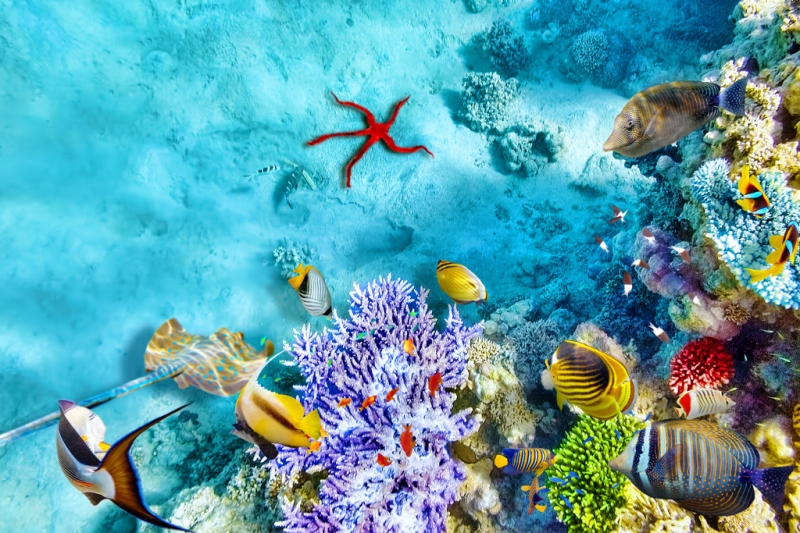
Belize is a former British colony in Central America that only gained independence in 1981. More than half of the country’s area is occupied by tropical forests and the Mayan Mountains.
The population of the former British colony is only 700 thousand people, which is much less than in neighboring states. Belize lives mainly on money from numerous tourists who come here for a good and carefree holiday. Some are attracted by local beaches and nightlife, some by national natural parks, and some come to this country specifically to visit the ancient ruins of Mayan cities. Despite the size of the state, there are many interesting sights here. Today we will tell you about the five most famous of them.
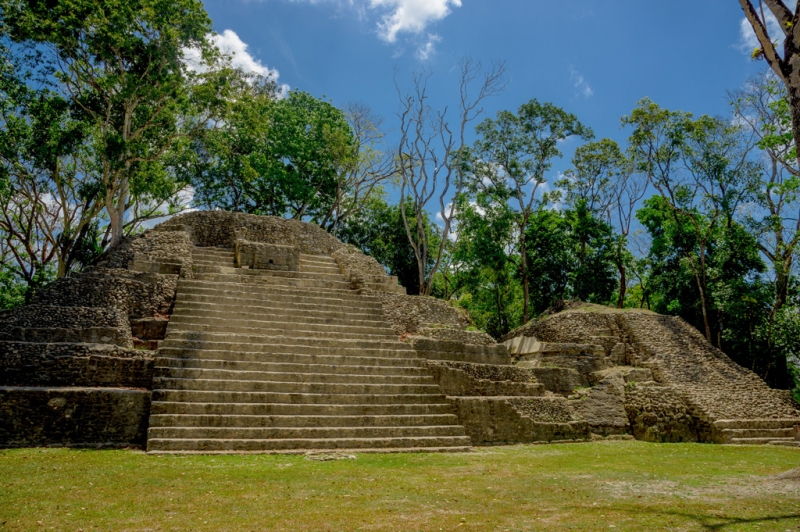
City of Cahal Pech (on the map)
The ruins of an ancient Mayan settlement are located near the city of San Ignacio. It has been established that people first settled here 2200 years ago, but for unknown reasons in the 9th century they left these lands, and the city was abandoned and fell into disrepair. The most important building of Cahal Pecha is a temple about 25 meters high. All the other buildings of the ancient city were located around it. The site is currently undergoing excavations, but most of the historical complex is open to visitors. The cost of the entrance ticket is 330 rubles in our money.
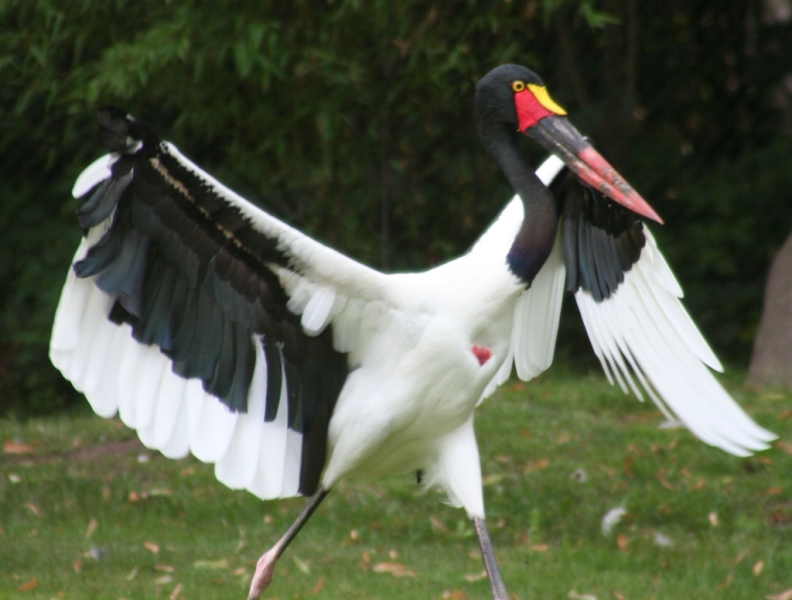
Yabiru Stork
Crooked Tree Preserve (on map)
One of the most famous bird sanctuaries in Central America is located 40 kilometers from Belize City. To observe the inhabitants of this park, you will need to rent a pirogue with a guide. Swimming along lagoons, clear streams and canals among the thickets, you can see a wide variety of birds. About 300 species live here, including vultures, hawks, cormorants, and hummingbirds. But the main inhabitant of these places is the yabiru stork. Many come here solely to admire this bird. Its wingspan reaches 3 meters. It feeds on snails, mollusks and lizards. The stork’s menu even includes baby crocodile: with one blow of its beak it stuns the small animal, and then finishes it off and eats it.
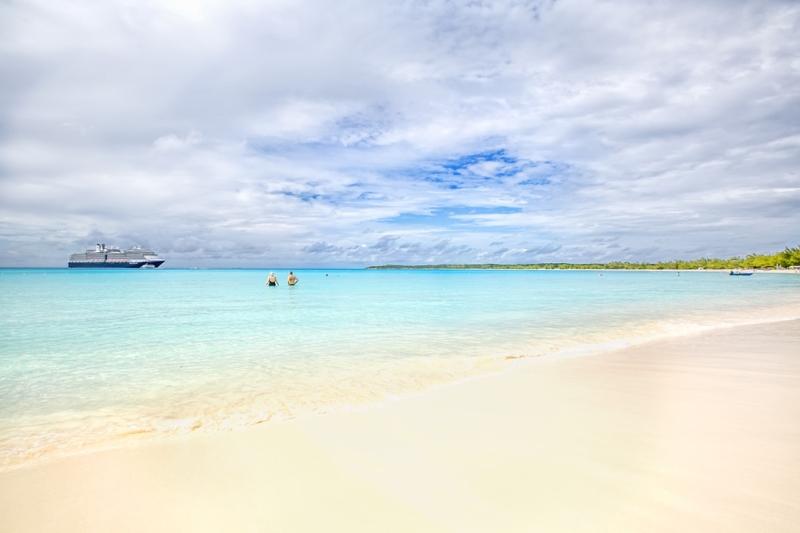
Coral Island Half Moon Cay (on the map)
Since 1996, the coral island has been included in the UNESCO World Heritage List. At the moment, Half Moon Cay has virtually no tourist infrastructure. There are no hotels, restaurants or other attributes of a comfortable stay here. Therefore, the island is chosen by divers, lovers of ecotourism and connoisseurs of wildlife. This is not surprising, because about 130 species of beautiful birds live here. Including the red-footed booby and the magnificent frigatebird. You can visit the island either as part of an excursion tour, which can be easily booked at any hotel nearby, or by private agreement with the owner of a boat.
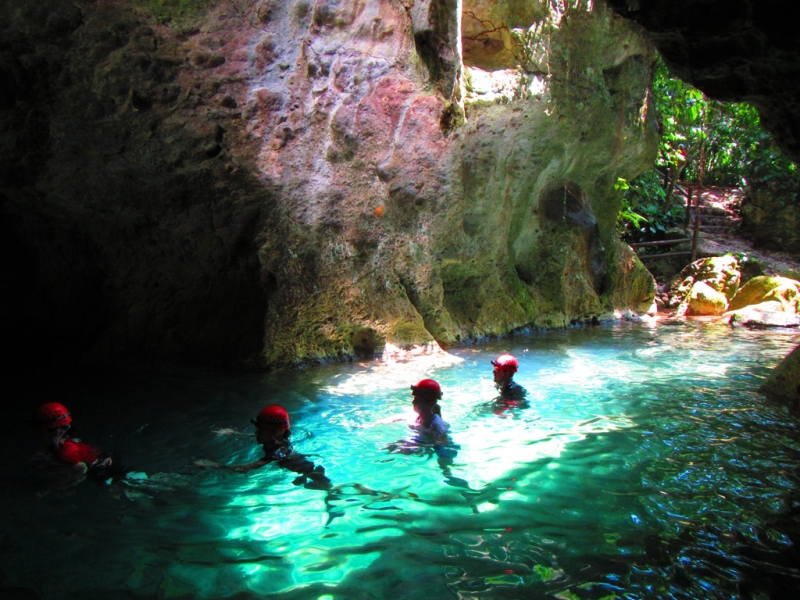
Actun-Tunichil-Muknal Cave (on the map)
In 1989, near the city of San Ignacio, in the territory of the modern natural park Mount Tapira, a cave with traces of human habitation was discovered. It consists of several halls following each other. In the course of further research, historians found out that this place was used by the Mayan Indians to perform sacrifice rituals. According to Indian legend, the last hall of Aktun-Tunichil-Muknal leads directly to the other world.
During excavations in the cave, elements of ceramics and remains of human skeletons were found. One of them once belonged to a young girl who was sacrificed to the gods. Gradually, the remains were covered with natural layers and acquired shine. This is how the cave got its second name – the cave of the Crystal Girl.
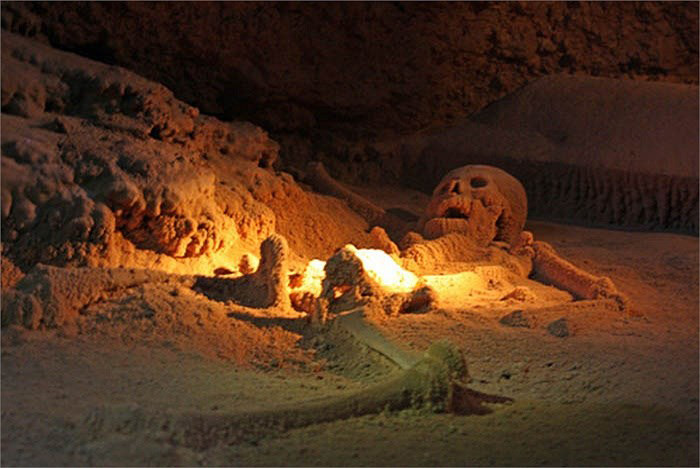
You can visit Aktun-Tunichil-Muknal only as part of an excursion. What complicates the situation is that the entrance to the cave is flooded, and some part of the route has to be walked through water. It is strictly prohibited to visit the ritual part of the cave wearing shoes. Guides closely monitor compliance with this rule. In the light of lanterns, a picture of the sacrificial hall appears: human skeletons, clay dishes, remains of jewelry and ominously overhanging vaults. The travel time to the cave and its inspection is usually about 5-6 hours. The cost of such an adventure ranges from 5 to 6 thousand rubles.
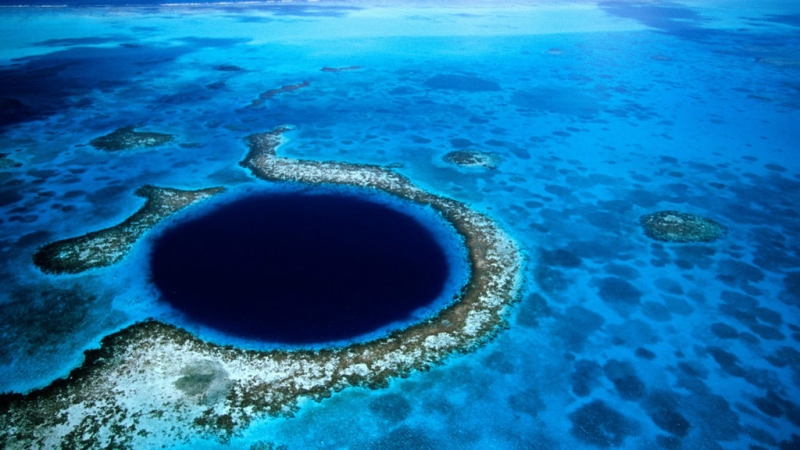
Great Blue Hole (on the map)
This giant sinkhole on the Belize Barrier Reef has been protected by UNESCO since 1996. The depth of the Blue Hole reaches 120 meters. The diameter of the funnel is more than 300 meters. How it was formed? Scientists believe that during the next ice age a large limestone cave arose in this place. At that time, the water level in the Atlantic Ocean was much lower. Over time, the cave was flooded and its roof collapsed. Thus the Blue Hole appeared. It owes its worldwide fame to Jacques-Yves Cousteau, who included the funnel in the list of 10 ideal places for scuba diving.
Thanks to such advertising, divers from all over the world constantly come here. During their dives, they look at the amazing inhabitants of the coral reef. Including reef sharks, giant groupers and numerous colorful fish.
True, diving into a funnel is associated with great danger. During high tide, a strong whirlpool appears in this place, which pulls debris, algae and even people floating on the surface under the water.
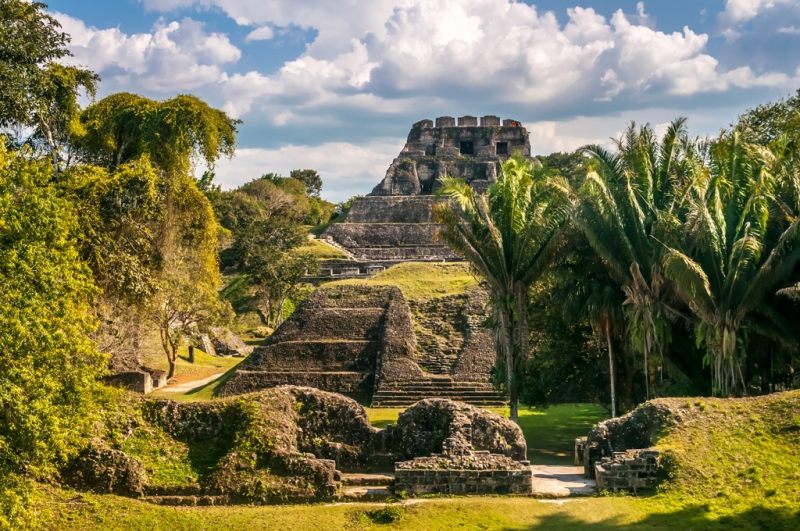
Useful information for tourists
• Permission to enter the country for Russian citizens is issued by the British consulate, since Belize does not have its own representative office in our country.
• Belize is considered a safe country for tourists, but you should avoid walking through dark streets and remote areas of cities.
• The most favorable season for vacation is from November to May inclusive.
• Holidays in Belize can hardly be called budget, but market sellers are willing to bargain and can make a significant discount on their goods.
• Orchids and other plants, natural corals, turtles and products made from their shells cannot be exported from the country.
• As a rule, shops open at 8 am and are open until noon, taking a four-hour break. They usually close between 7 and 9 pm.
Choosing a hotel will not take much time if you look for it on OneTwoTrip.
Author: Roskin Mikhail

